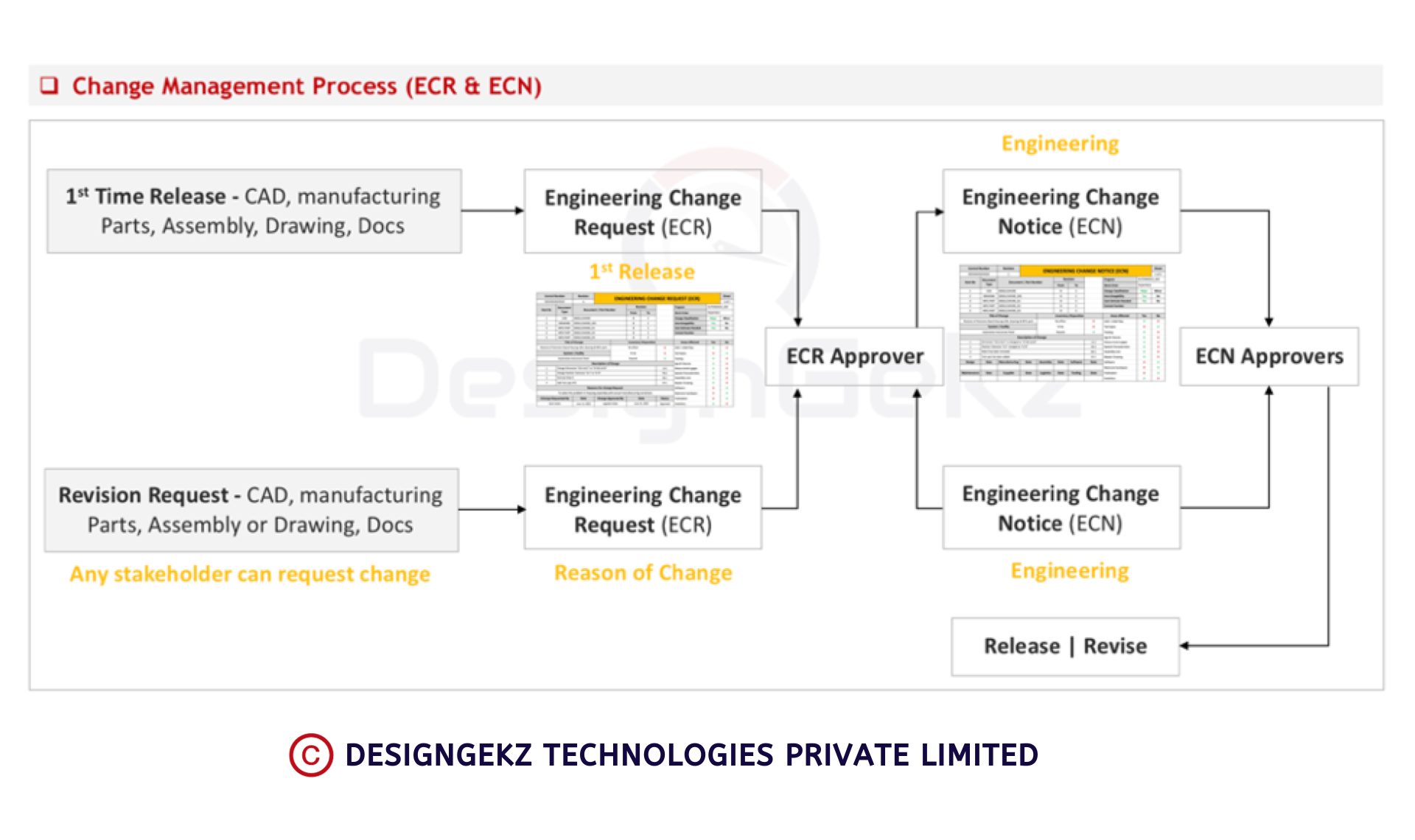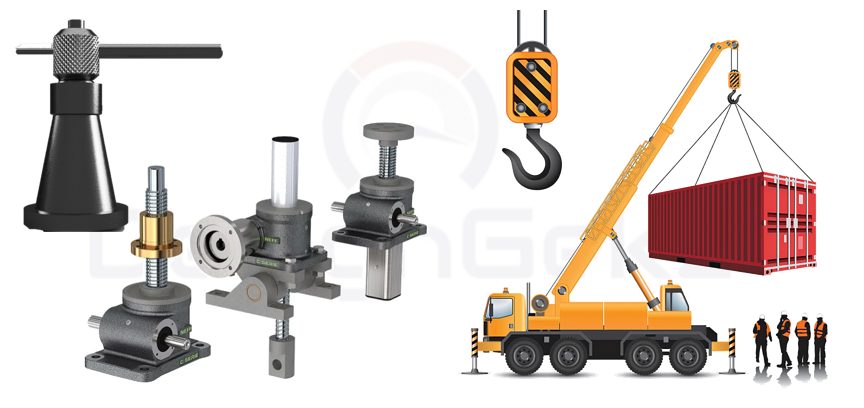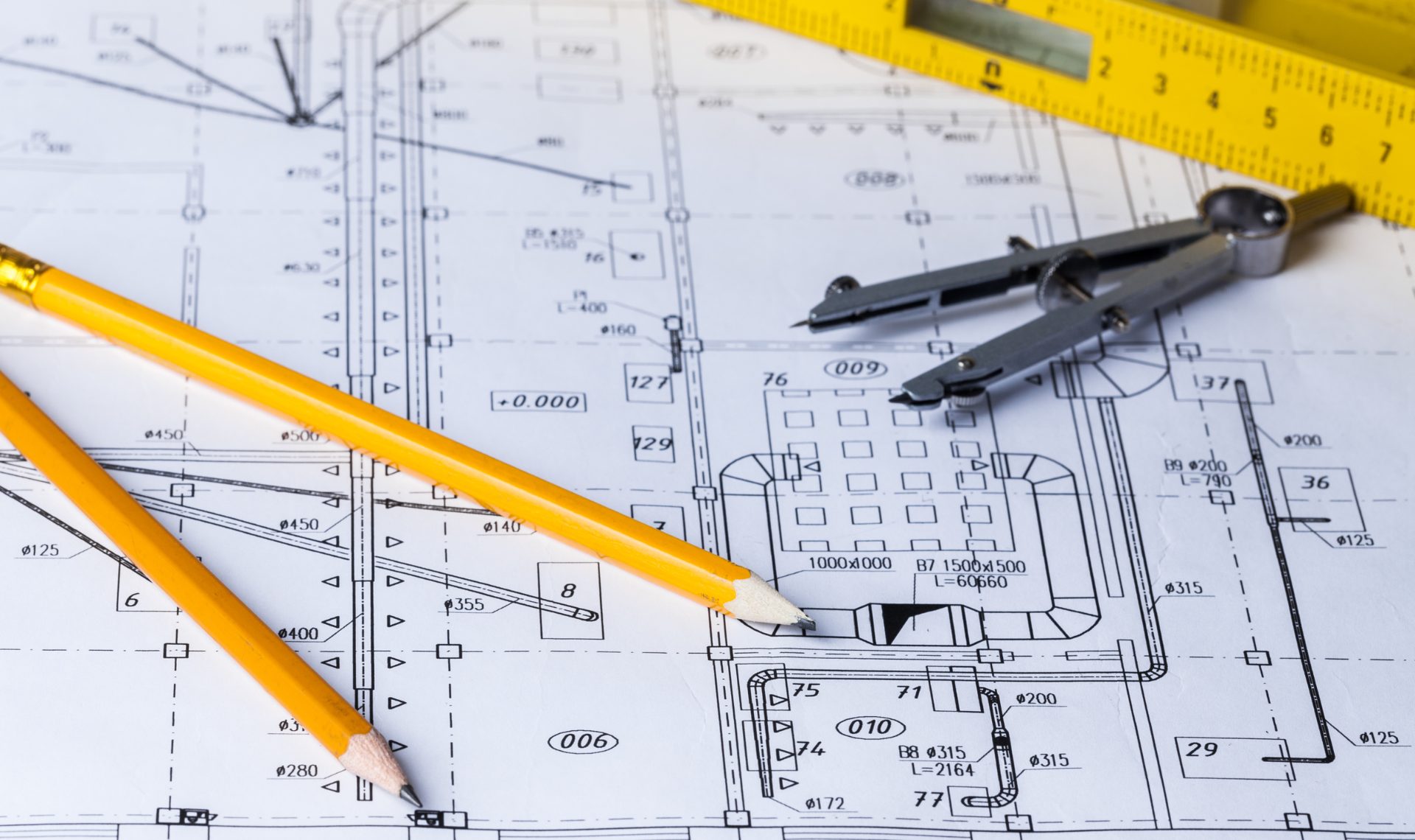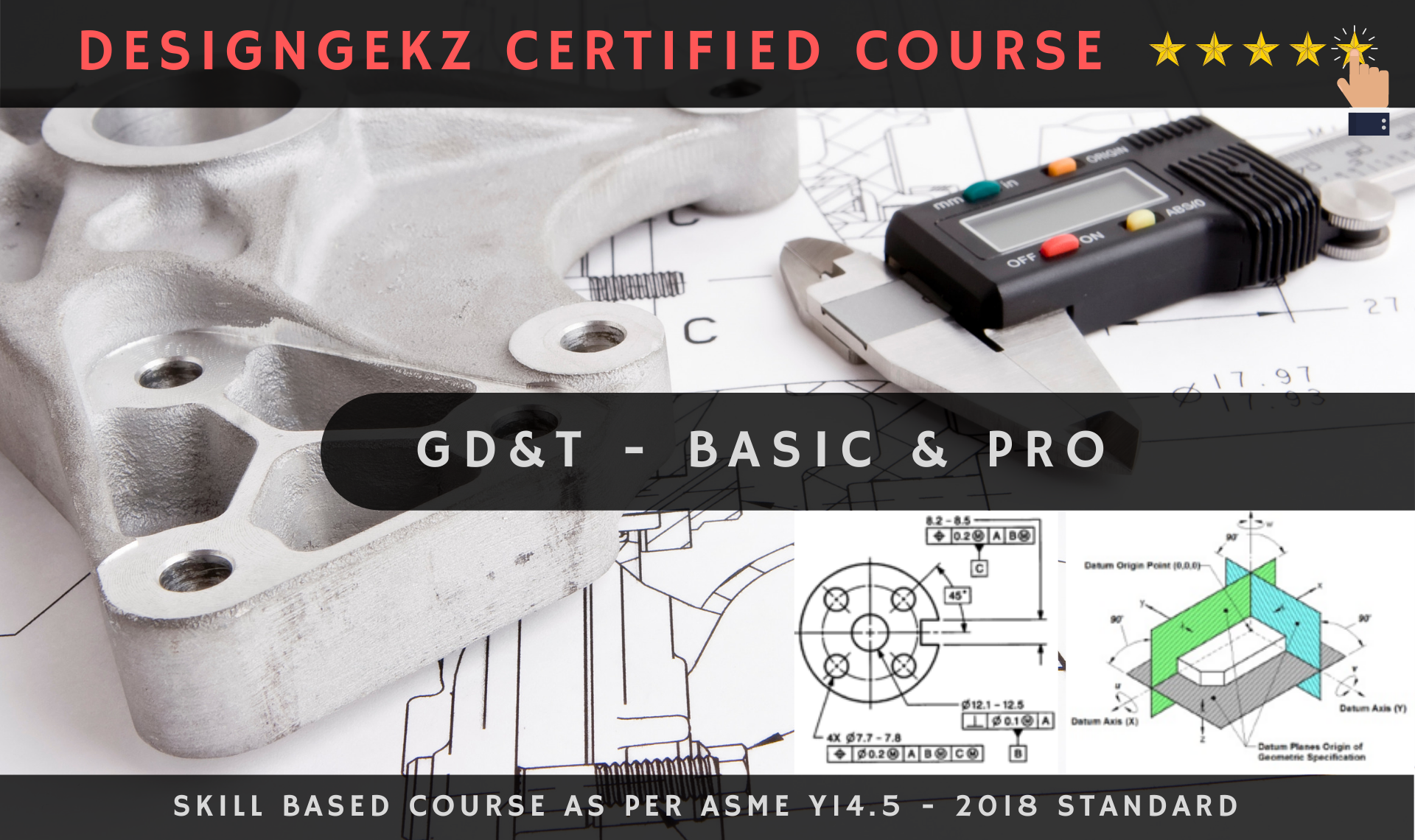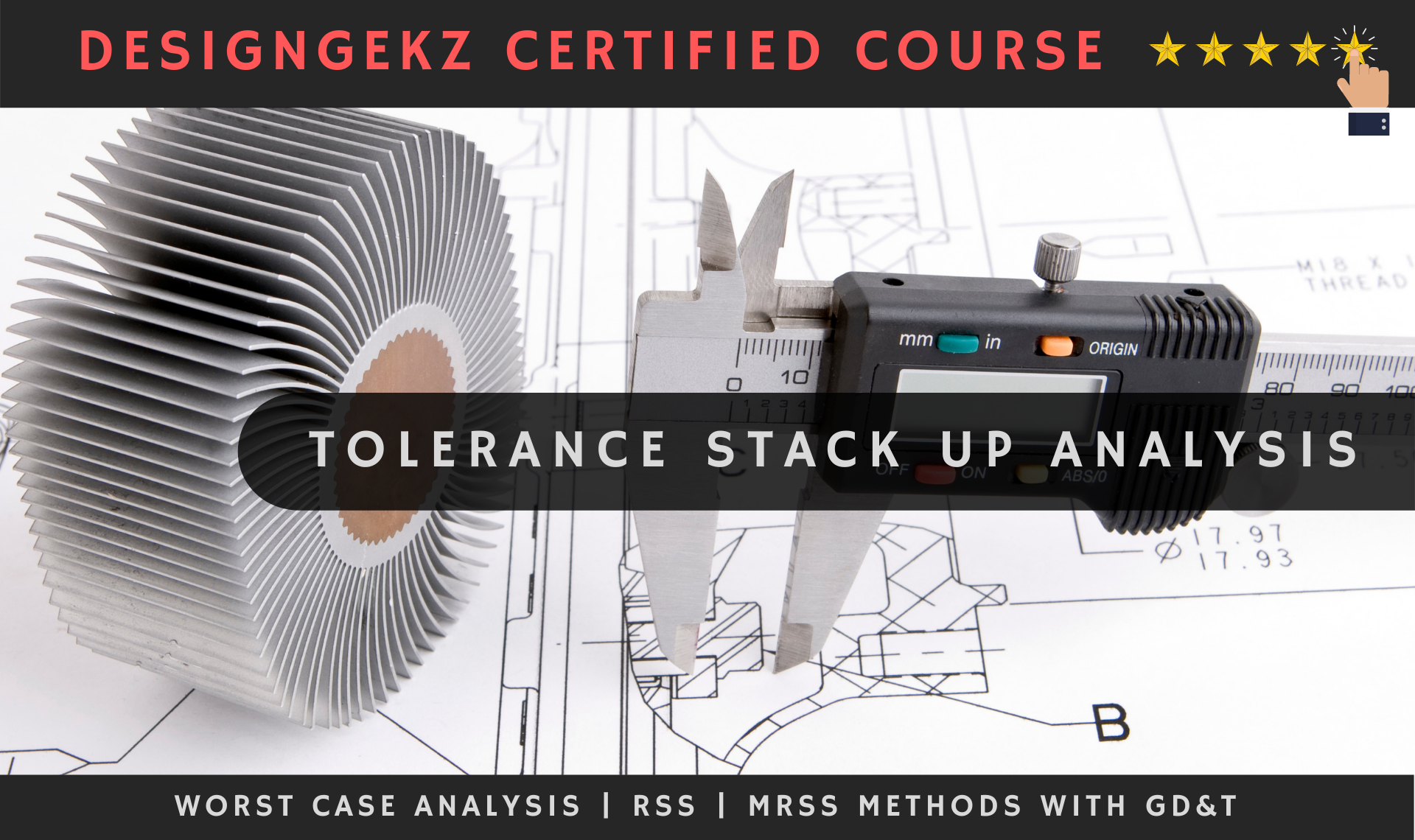➲ Value Analysis and Value Engineering (VAVE) plays crucial role in delivering a great value product or service to our potential customers in optimized cost.
➲ Understand that we are not talking about Brand Value in this blog. Apple products are sold at premium cost and perceived to have higher brand value. But does it necessarily offer high product value to customers.
➲ Brand value could be created by advertising and marketing campaigns, whereas real value is simply about what our product or service offers and at what cost.
➲ Our efforts to optimise every cost which goes in delivering the product or service, as well as to provide more features in the same cost creates real value for the company products and our customers.
__________________________________________________
⏩ What is Value of the Product or Service?
➲ Value of the product = (Function or Features of the Product / Cost to acquire it)
For Example:
➲ If Products A & B perform same function (features), but Product A achieves the function (feature) with lesser cost than Product B, it means that Product A offers more value than Product B.
➲ Enhancing the value of the Product is always a misunderstood concept. Many of us believe that reducing and optimising the cost results into a compromised quality of the product.
But that’s not true.
➲ Value Analysis & Value Engineering (VAVE) is all about delivering non-compromized functions and features by offering better cost effective alternatives.
For example:
➲ If you are designing the transport car to meet certain features or function and if you conduct Value Engineering on it, car still must meet the same functions or features.
➲ It should not be converted to toy car to reduce the cost. So, that means – we deliver same quality with optimised cost alternatives.
__________________________________________________
⏩ What is Value Engineering vs Value Analysis (VAVE)?
➲ Value Analysis (VA) and Value Engineering (VE) focuses on exploring cost effective alternatives without compromising the function (features) or quality of the product or service.
➲ Value Engineering (VE) & Value Analysis (VA) both strive to achieve the optimum value of the product through systematic methodology.
➲ Value Engineering (VE) focuses on enhancing value of the Product in Engineering phase before we start tooling whereas Value Analysis (VA) focuses on enhancing value of the Product once tooling is completed or Production of the Product begins.
➲ VAVE was first invented by GE Engineers Larry Miller in 1947 where as a dedicated body of Knowledge “Society of American Value Engineers (SAVE)” was formed in 1959. VAVE became so popular all across the globe that in 1996, SAVE became SAVE International.
__________________________________________________
⏩ VAVE approach includes following phases:
1️⃣ Pre-workshop phase:
In this phase, we prepare for the Value Workshop. We set the criteria to select the right Multidisciplinary team as well as we list all the documents and records needed for the workshop
2️⃣ Information Gathering Phase:
In this phase, we gather all the information as per the plan and invite team members for the workshop,
Information could be Engineering Drawings, BOM, Design Specs, DFFMEA, Test Plans, Test Results, Costing information etc
3️⃣ Function analysis Phase:
In this phase, list down all the function of the product in the form of “Action Verb + Measurable Noun”
Example:
Function of Washing Machines – Clean Fabrics
Clean – Action Verb, Fabrics – Non measured in kgs load
Function Analysis include FAST (Function Analysis System Technique) Diagram to establish relationships of functions in terms of cause and effect.
In FAST diagram, as we move from left to right, we ask “Why” and as we move from right to left, we ask “What” and as we move to to to bottom, we ask “When”
The answers of these questions are nothing but our functions of product or service.
Basically, we find higher level, primary, secondary, lower level, concurrent functions and their relation using FAST Diagram.
In this phase, we also assign BOM cost to each function and drill down to function which offer most cost saving opportunities.
4️⃣ Ideation Phase:
In this phase, we conduct brainstorming to find cost effective alternatives around the functions which we identified during function analysis phase.
Like, if function”Transfer Energy” shows higher cost saving potential, we can explore better ideas around this function.
In this phase, we must avoid criticising ideas and let ideas flow. Focus more on quantity than quality.
We can always scrutinize ideas in later phase of the workshop.
5️⃣ Selection of Ideas & Evaluation Phase:
In this phase, we categorize ideas based upon ease of implementation (complexity) and cost saving potential based upon preliminary evaluation.
Off course, we would focus more on ideas which offer lesser complexity to execute an idea and higher cost saving potential.
6️⃣ Business Proposal & Presentation Phase:
Business Proposal is a formal proposal for the management for the approval of funding or financial investments needed for the project.
It includes potential saving, investments needed to materialise the change and then how much is the Return on Investments (ROI) and Payback period in which we could recover investments.
Based upon Business Proposal results, we could proceed or cancel the project.
7️⃣ Decision Phase – Proceed | Scrap | Rework
We keep on updating the business plan as we gather more information from the suppliers regarding the cost investments and potential saving.
Based upon complexity of the design, cost saving, investments, ROI and Payback Period, we can Proceed into the project, Scarp it or Rework to improve the saving.
8️⃣ Implementation of Idea Phase:
This is the phase in which real design and development takes place. Note that our concept or design will have to follow tailored out New Product Development Process.
The project will keep on moving to the next phases unless and until business case is still offering good ROI and Payback Period.
This dynamics can change anytime, due to change in information.
__________________________________________________
➲ Most of the organizations focus on Value Analysis (VA) of already launched product by exploring the cost-effective options without changing product functions which Popularly known as “Cost Takeout Projects”.
➲ It becomes more obvious considering the launch pressure during NPD | NPI projects. In order to meet stringent NPD timelines, engineers end up adding lot of BOM cost even though they realize that there are cheaper options available to meet the same function, but as evaluation could be time consuming, they settle for already proven costly options.
The companies which do minimum or no Value Engineering (VE) have to rely more on Value Analysis (VA) going forward to reduce their escalated BOM costs.
Value Engineering is more proactive & cost-effective approach than Value Analysis as making any design changes after tooling involves more complications and investments to realize the change.
Design Engineers with VAVE knowledge have high demand in the industries, especially in cost takeout projects.
___________________________________________________
⏩ Read my other blogs to understand top mechanical design skills for 10X career growth.
⏩ Read blog: https://designgekz.com/most-in-demand-skills-in-mechanical-design-engineering/
__________________________________________________
⏩ For career planning or enquiring about the courses, write to us at kevinkutto@designgekz.com or call us @ +91-8329029492 | 9881521371
__________________________________________________
⏩ Learn most in demand mechanical design skills like Plastic | Sheetmetal domains, NPD | NPI Process, DFMEA, GD&T (Basic & Pro), PPAP, Tolerance Stackup Analysis, Value Engineering and more with our Signature mentorship Program – Master Diploma in Plastic & Sheetmetal Design Professional (PSDP):
⏩ Read more – https://designgekz.com/course/plastic-sheetmetal-design-professional-psdp/

__________________________________________________
© DesignGekz Technologies Private Limited
__________________________________________________


